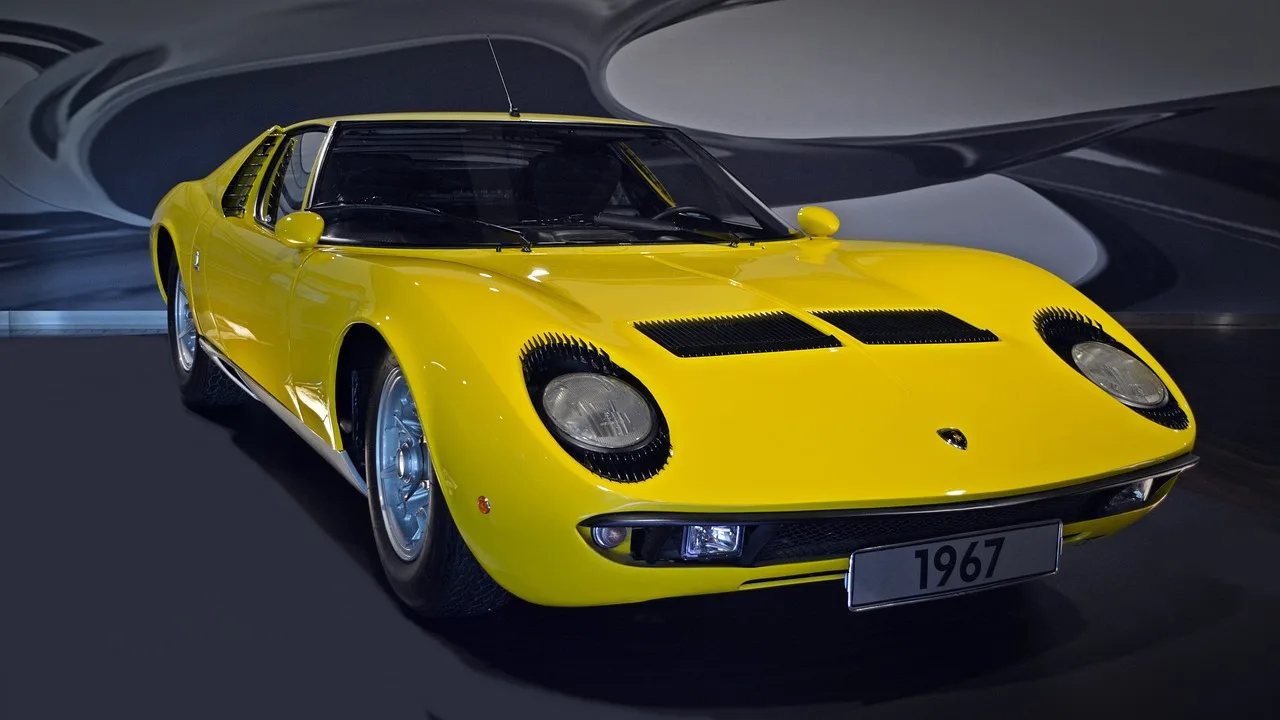Sports cars have always held a special place in the hearts of automotive enthusiasts, embodying a perfect blend of style, performance, and exhilaration. Over the years, models have transcended their mechanical origins, becoming cultural symbols and legends on the road. Let’s explore some of the most famous sports cars that have left an indelible mark on the automotive world.
What are the most famous sports cars in the world?
Ferrari 250 GTO:
The Ferrari 250 GTO stands as an unrivaled icon in the global of sports cars. This Maranello classic was designed for endurance racing and debuted in 1962. Its timeless design, V12 engine, and unparalleled racing success make it one of the most coveted and valuable cars in the globe today.
The 250 GTO’s limited production run of only 39 units, merged with its storied racing history, solidifies its status as a symbol of automotive excellence and exclusivity.
Porsche 911:
The Porsche 911 is a living legend, a sports car that has evolved with the times while retaining its unmistakable silhouette. Introduced in 1963, the 911 is a precision engineering, performance, and everyday usability.
With its rear-engine layout, distinctive design, and a lineage that lengthens multiple generations, the 911 is not just a car; it’s a cultural phenomenon. From the air-cooled classics to the modern turbocharged iterations, the Porsche 911 remains a benchmark for sports car enthusiasts around the globe.
Chevrolet Corvette:
The Chevrolet Corvette, America’s iconic sports car, has been a symbol of performance and style since its debut in 1953. Known for its fiberglass body, the Corvette has gone through multiple generations, each adding to its legacy.
Models such as the Stingray confirmed the Corvette’s status as a heavy yet affordable racing vehicle. The latest mid-engine C8 Corvette, introduced in 2020, marked a significant departure from tradition, showcasing Chevrolet’s commitment to pushing the boundaries of sports car design.
Jaguar E-Type:
The Jaguar E-Type, often cited as the “most beautiful car ever made,” debuted in 1961. This British masterpiece captured the world’s attention with its sensual curves and high-performance capabilities.
The E-Type combined cutting-edge design, advanced engineering, and a competitive price, making it accessible to a broader audience. Enzo Ferrari described it as “the most beautiful car ever made,” further elevating its status in the automotive pantheon.
Ford Mustang:
While the Ford Mustang might not fit the traditional definition of a sports car, its impact on automotive culture is undeniable. Introduced in 1964, the Mustang gave birth to the “pony car” segment and an embodiment of American muscle and style.
The Mustang’s iconic status is not just about performance; it’s about the spirit of freedom and the open road. Its enduring popularity is evident in its continuous presence on the highways and its influence on the design of subsequent generations.
McLaren F1:
The McLaren F1, introduced in 1992, is a testament to engineering excellence and unmatched performance. Designed by Gordon Murray, the F1 maintained the title of the world’s fastest production car for over a decade, reaching a top speed of 240.1 mph.
With its central driving position, gold-lined engine bay, and lightweight carbon fiber construction, the McLaren F1 is an uncompromising pursuit of perfection. Limited production and racing success further add to its mystique.
Lamborghini Miura:
The Lamborghini Miura, introduced in 1966, revolutionized the supercar landscape. Its mid-engine design, powerful V12, and captivating aesthetics.
It’s acknowledged and credited as the world’s first true supercar, the Miura’s influence in subsequent Lamborghini models, and countless mid-engine sports cars. Its legacy as a design and engineering marvel endures to this day.
Ferrari Testarossa:
The Ferrari Testarossa, introduced in the mid-1980s, captured the essence of excess and style of the era. With its wide stance, distinctive side strakes, and powerful flat-12 engine, the Testarossa became an automotive icon and a symbol of the flamboyant ’80s.
Featured prominently in popular culture, including music videos and TV shows like “Miami Vice,” the Testarossa remains an enduring symbol of the brave and bold spirit of racing cars in that era.
Audi R8:
The Audi R8, introduced in 2006, demonstrated that a sports car could combine daily usability with high-performance capabilities. With its striking design, Quattro all-wheel drive, and a V8 or V10 engine, the R8 challenged perceptions of what a supercar could be.
The R8’s success on the road and the racetrack solidified Audi’s position in the high-performance segment. Its futuristic design and accessible performance contributed to its fame.
In conclusion, the world’s most famous sports cars have transcended their mechanical nature, becoming symbols of innovation, design, and the pursuit of performance. Whether through racing success, cultural impact, or sheer automotive excellence, these cars have etched their names in the annals of automotive history. Each model represents not just a mode of transportation but a manifestation of the human spirit’s unrelenting desire for speed, beauty, and the thrill of the open road.
